1
HOME > Tips & Advice >
WHAT TO LOOK FOR IN A QUALITY PAIR OF BOOTS
Written by Ivan Yaskey in Tips & Advice on the 10th May 2023
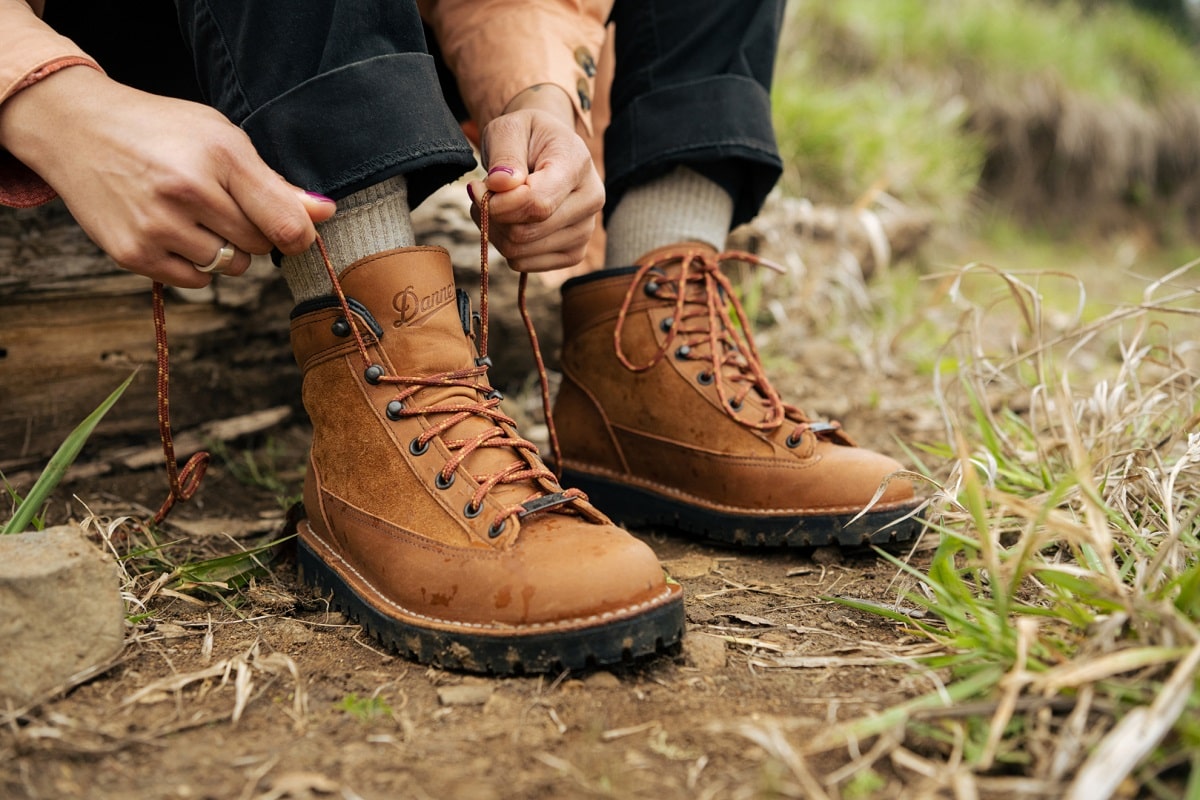
You think you made a sound investment in a pair of boots. But, you notice the sole start to detach, the treads begin to wear, and the leather loses its shine. Especially with purchasing items for long-term wear, you need to be strategic – and do ample research ahead of time – when shopping around for a pair of boots. Get started with the following:
Where You’ll Be Wearing Them
Men’s boots tend to fall into at least one of the following groups:
- Dress boots: These are slimmer-cut styles typically made with solid, top-quality leather in black or brown. Construction is traditional: Laces pass through holes rather than eyelets or hooks, and the outsole is often made of leather – stylish and inconspicuous, yes, but also not providing significant traction.
- Casual boots: This vast group encompasses more fashion-forward styles – think Doc Martins and work boots purely worn for fashion’s sake. While bells and whistles vary, you’re more likely to encounter a wider, round toe and a chunkier, bulkier construction.
- Smart-casual boots: These boots straddle dress and casual categories and often align with modern-day workplace dress codes. Mid-height with just slightly more room defines styles like a Chelsea, monk strap, or desert boot.
- Practical boots: Construction suits a specific and often singular purpose. Think work, military or tactical, rain, winter, or hiking boots. Although some clearly tread into fashion territory, features like insulation and waterproofing may cause the pair to feel heavy or lock in heat if worn for too long.
Considering these general classifications, start your search by asking yourself the following:
- When and where will you be wearing these boots? Are they purely for work, or will you want to wear them with jeans over the weekend?
- Do they need to suit specific seasonal conditions? If you’ll be walking on slick, icy sidewalks, traction is imperative.
- How high will the height need to be? Ankle height is standard for fashion and dress boots. You may need more coverage for hiking or shoveling out your car after a blizzard.
- For dress boots, where does your work wardrobe lean – more navy, tan, and green or clearly toward charcoal?

Construction
A number of factors go into the construction of a pair of boots:
Materials
With boots, quality is synonymous with leather. Textiles fade and don’t offer the warmth and protection needed during the winter months. Synthetic, meanwhile, doesn’t have as long of a lifespan and may delaminate and crack with time. Yet, not all leathers are created equal, either. Rather:
- Full grain is desired, as it provides the greatest resistance against the elements and the longest lifespan.
- Suede also signifies quality but quickly shows wear when exposed to moisture. Don’t expect to wear these boots in winter – or any time the forecast predicts rain.
- Genuine leather sounds like a quality product, but it’s considered the lowest-grade solid form.
- Bonded leather is considered the lowest quality available: A composite material, it behaves similarly to synthetic forms, degrading sooner and potentially cracking and delaminating.
In all cases, regularly brush down your boots after use, and polish and condition the leather every one to two weeks.
Lining
This feature applies more toward winter and work boots versus casual and dress styles. Realize that while linings trap warmth, its inclusion means your boots are suited entirely toward winter and the later part of fall. Especially once spring arrives, you’ll start to feel your feet sweat. With this out of the way, boots have three basic types of linings:
- Fur, in real or typically synthetic forms. Sherpa lining falls into this group.
- Synthetics, like fleece.
- Quilted linings, which also may be synthetic or down-filled.
Generally, down adds more warmth in relation to its weight, but immediately loses its properties when exposed to moisture. Synthetics like Thinsulate feel thicker but better shed moisture.
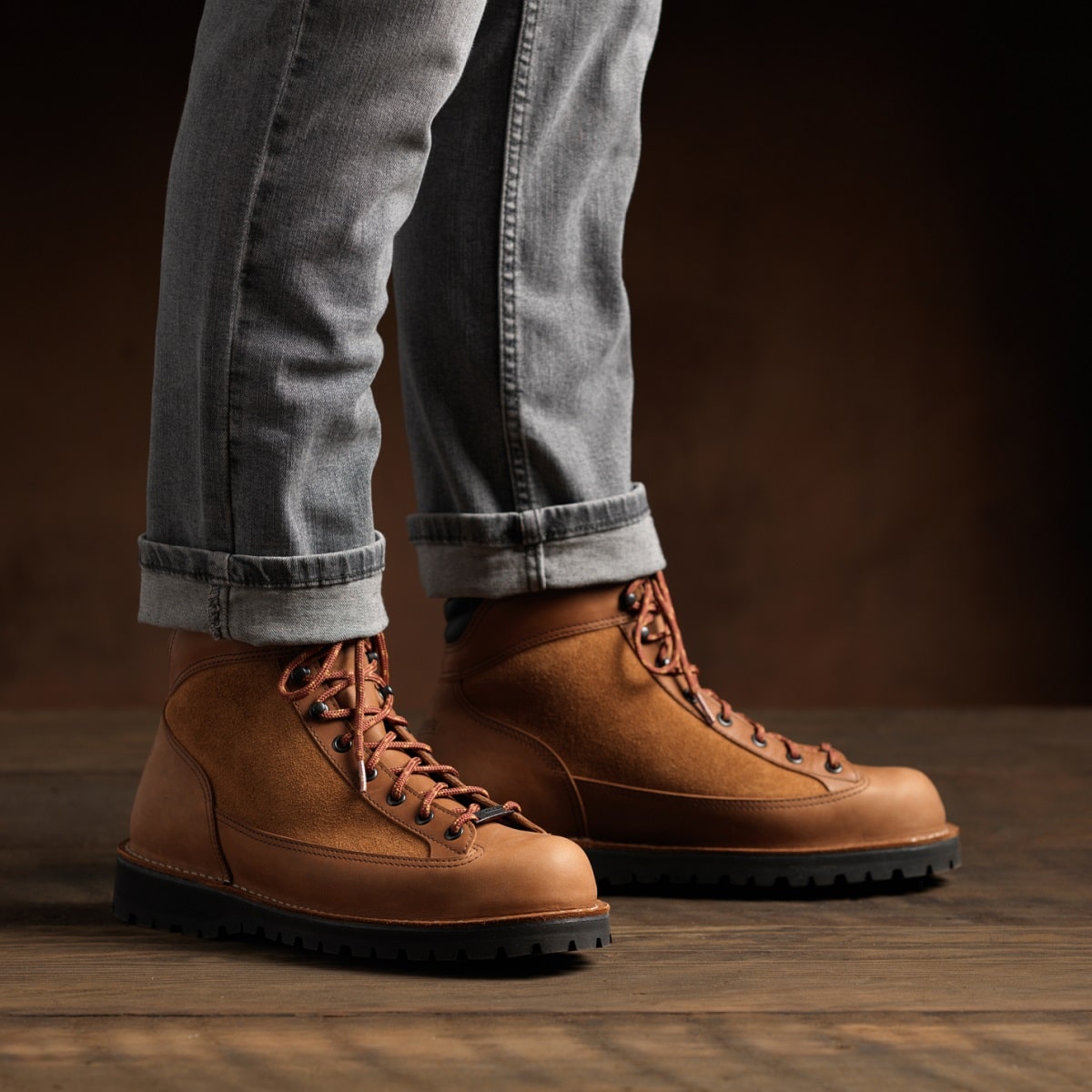
Welting
Welting pertains to how the sole unit is attached to the rest of the boot. For trainers and other shoe types, these components are glued or lightly stitched together. For boots, you want to look for something more solid and sturdy:
- Goodyear welt: Goodyear welting is the baseline standard for a quality pair of boots. To create this seal, the upper is stitched to a canvas or leather sheet along the sole unit. A second layer of leather or rubber further blocks out moisture from the exterior. This combination creates a water-resistant, although not necessarily waterproof, boot that you can have resoled at a later date.
- Storm welt: Also referred to as a Norwegian welt, this variation on Goodyear welting creates a stronger bond between the upper and midsole, resulting in a nearly, if not fully, waterproof boot.
- Blake stitch: The upper gets folded and stitched into the insole. As only a single thread is used, the boot feels lighter and more flexible. You’re more likely to see this stitch on dress boots.
Outsole and Traction
These two factors frequently go hand in hand. Generally, leather outsoles show up on dress and some casual boots, while rubber with varying degrees of texture and lug depths characterizes practical boots. Considering this dichotomy:
- Leather: Leather better adapts to your foot’s shape and strides, resulting in a more natural and breathable feel. For dress boots, the thinner profile doesn’t fully distinguish itself, leading to a more subdued and deliberately understated appearance. On the other hand, these factors ultimately mean that your boots have little-to-no traction, aren’t waterproof, don’t absorb impact, and, therefore, aren’t built for winter weather and slippery conditions. For a compromise, butyl-treated or rubber-coated leather creates a more secure grip.
- Rubber: Today, rubber outsoles are primarily made of a synthetic compound. This, in itself, is already a downside: Along with this concern regarding sustainability, rubber has a shorter lifespan than most leather outsoles. That said, rubber outsoles are more likely to be waterproof, are designed to grip the ground, are more easily cleaned, and better resist chemical exposure. In turn, rubber is a staple of work, winter, and other practical boots and frequently finds its way onto more casual fare. However, realize that the bulkier appearance stands out for the wrong reasons in a dress environment.

Shank
More of a fixture for work and hiking boots, the shank is both a stability and longevity feature. A solid strip or pole of metal passes through the sole unit to improve arch support and the outsole’s strength and form. As such, wear progresses at a slower pace, leading to a longer lifespan and enough support along the way.
Fit
Just as with any shoe, avoid a fit in which you can feel the boot moving around your foot or one that pinches from the sides. Instead:
- Make sure you can move your toes, foot, and ankle inside the boot without the boot itself shifting or wobbling around.
- Try the finger test: You should be able to fit one finger and no more behind the heel.
- Realize that boot and shoe sizes vary, with roughly a half-size difference. Either measure your foot ahead of time, or try on multiple pairs in person.
- Look into the last used. Although information won’t always be available, last can indicate a tighter or more relaxed fit.
Styles
You’ll typically come across the following within the spectrum of men’s boots:
Chelsea
Introduced during the Victorian era and later a ‘60s mod staple, the Chelsea silhouette veers between casual and smart-casual. The height typically reaches the ankle, with stretch goring on both sides for a closer fit. You won’t see laces; rather, a loop on the back helps with slipping them on. Although no particular material defines the Chelsea boot, you’ll typically see suede used for a more neutral, understated character.

Lace-Up Boots
Within the dress to smart-casual realm, lace-up boots take on a number of forms:
- Derby boot: Like the low-height shoe, a rounded, more spacious toe takes them out of dressier territory. You’ll also spot an open-lace vamp occasionally with metal eyelets or hooks, as well as smooth and cap toes.
- Balmoral or oxford: These names used interchangeably refer to an ankle-height dress boot with a narrower, almond-shaped toe. While a smooth toe sometimes with broguing best describes the oxford, balmorals – originally designed as a walking boot for Prince Albert in the mid-19th century – frequently use two materials and have a cap toe. Both have a closed-lace system with holes rather than metal eyelets.
- Brogues: Many use “brogues” to describe a particular shoe style with decorative holes across the top, often leading to a wingtip formation. Realize that both oxfords and derbys can display broguing, which, itself, transitions the dress boot into more of a smart-casual style.
Monk Strap Boots
This style takes the low-height, buckled silhouettes that exploded in popularity a couple of years ago and extends it to the ankle. The result offers a dressier, lace-free alternative to the Chelsea boot. Realize, however, that the strap details come off a bit showy, making this boot more of a statement rather than a proper dress style.
Jodhpur Boots
Historically a riding boot, jodhpur describes an ankle-height, round-toe boot with buckle-secured straps across the vamp and back. Another variation on the Chelsea, this style’s origins go back to India in the early part of the 20th century. It was eventually used for polo playing, and later found its footing as a unisex style. Today, both men’s and women’s boots utilize the jodhpur silhouette to some degree.
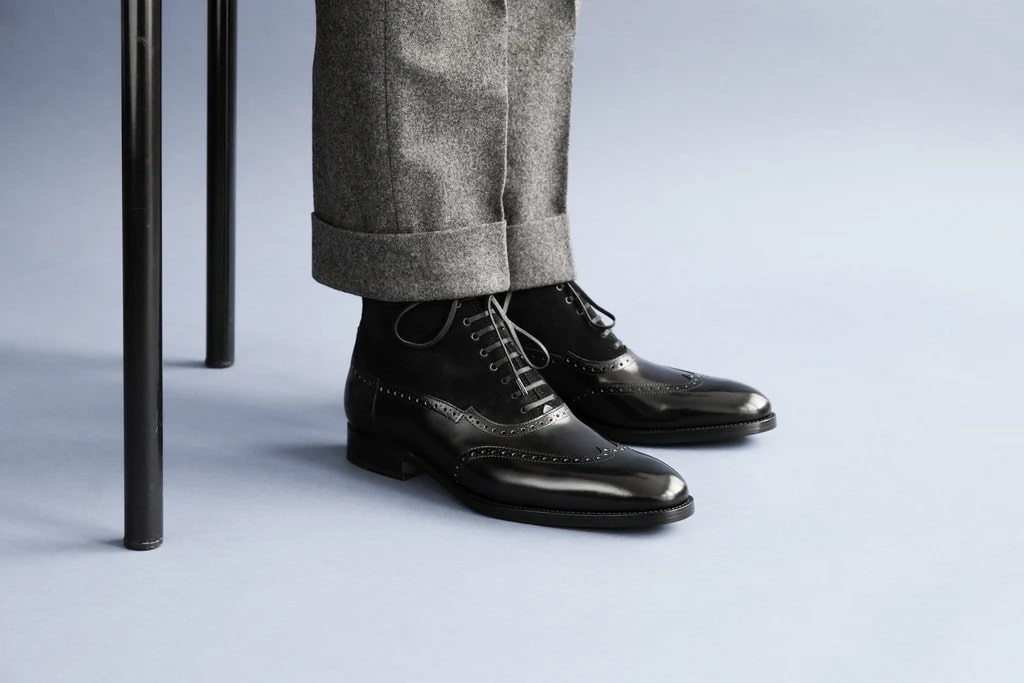
Desert or Chukka Boots
Today, Clarks primarily has the market cornered around desert boots, more of an understated, lace-up suede style that hits at or below the ankle. Better comfort and traction come through a rounded toe and crepe-textured outsole. Its origins go back to World War II, where soldiers stationed in more warmer climates – first Egypt and then present-day Myanmar – found the shape and construction more practical.
Moccasin and Hunting Boots
Exemplified by Red Wing’s Irish Setter series’ Wingshooter style, these old-school practical boots – read: not equipped with modern-day waterproofing and tech features – distinguish themselves with stitching across the top, single-material construction, and an overall more spacious design. Also in the more retro direction, protection against the elements comes from a flap covering the vamp.
Combat and Tactical Boots
Another nod to retro-practical construction, today’s combat boots take after their early-20th century counterparts with a tall body, thicker, textured outsole, and lace-up vamp. The lack of breathability means tactical boots, often equipped with textile patches and a lighter construction, have superseded these more classic features, at least in terms of military use. For everyday wear, both deliver a mix of counterculture appeal and greater coverage against the elements.
Hiking Boots
Available in mid and tall heights, hiking boots reflect the progression of combat boots: All-leather construction used for most of the 20th century has since given way to leather or synthetic paneling and overlays alongside textile portions intended to enhance breathability. Wherever and however you travel, aspects like enhanced toe protection and ankle support result in a more comfortable, responsive fit, even in uneven, rocky conditions.
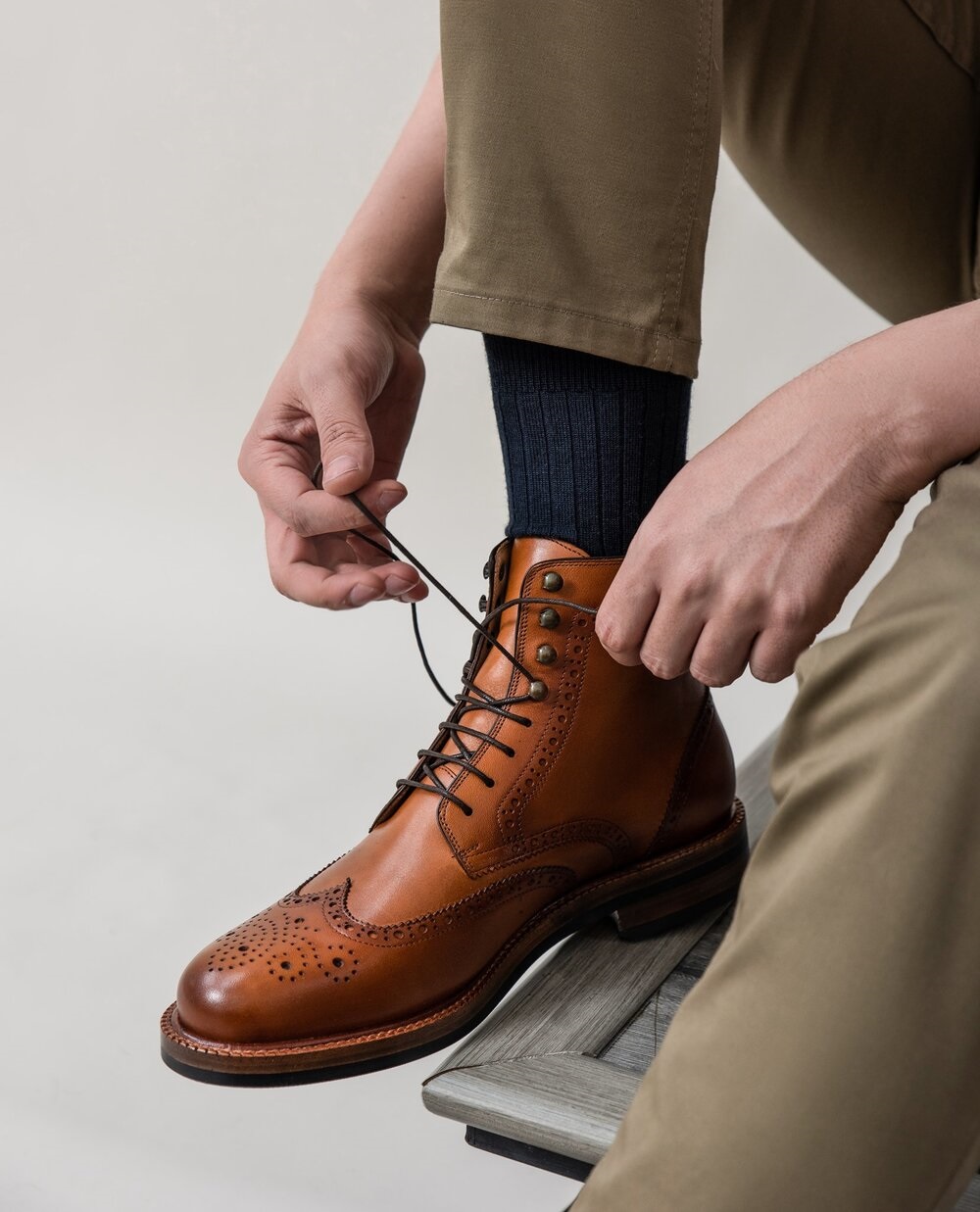
Cowboy Boots
With western wear having its moment in 2023, cowboy boots end up on this list as a kitschy casual style with practical origins. A tall silhouette with a narrower toe and heel slides on for more coverage. In traditional form, cowhide leather is added solid or features more intricate detailing.
Winter and Snow Boots
While some casual styles have started incorporating winter features, a cold-weather boot delivers three essential functions: complete insulation, full waterproof construction, and traction to head out – and not slip – in a foot or more of snow. Construction often blends textile, synthetic, rubber, and leather materials.
Duck Boots
This preppy staple exemplified by L.L. Bean’s signature product often gets grouped in with winter boots but sets itself apart with a distinctive, two-part construction. Here, a mid to sometimes tall height is secured with a textile or leather upper half with a lace-up vamp. The lower half utilizes rubber with a ridged texture for better traction. The result functions more as a boot for wet, cold conditions than full-on New England snow.
Work Boots
Work boot brands have started dividing up their product lines. On one side, Timberland, Red Wing, and others hold onto their classics – a leather lace-up upper in a mid to tall height with a lugged outsole. These were practical through the ‘90s but fall short against today’s lighter, techier styles incorporating composite toes, shanks, waterproofing, insulation, metatarsal guards, and electrostatic protection.
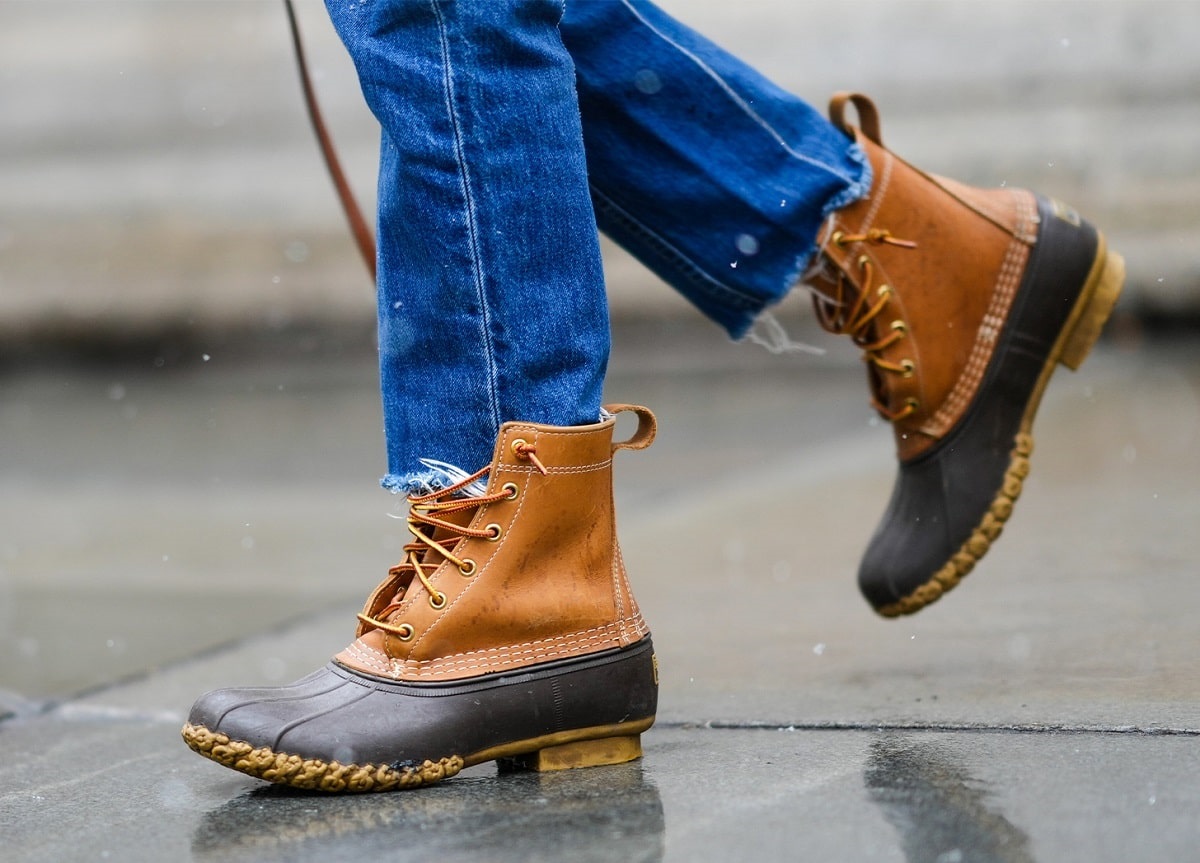
Motorcycle Boots
In this fashion-versus-function debate, true motorcycle boots improve torsional strength to keep the foot secure even if you fall off your bike, enhance breathability for longer trips, and increase protection against burn injuries from your ride’s exhaust system. The fashion end, by contrast, opts for a mid-height boot with a zipper closure along the side, a round toe, and strap and hardware details.
Wellington Boots
Known simply as a rain boot in other parts of the world, this now-fully-rubber pull-on style was originally created for the First Duke of Wellington and used fully leather construction. Today, wellingtons can be worn alone – or over another pair of shoes – for full waterproof protection against the mud and elements.

Trending
2
3
4
5
6
7
8
9
10










